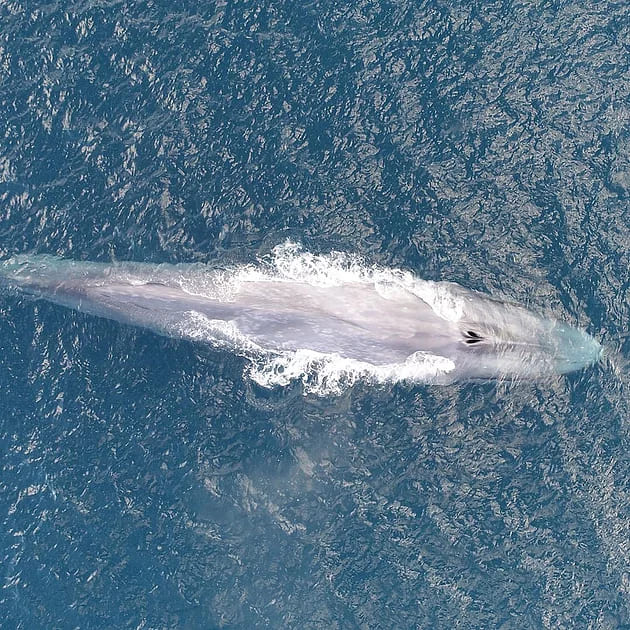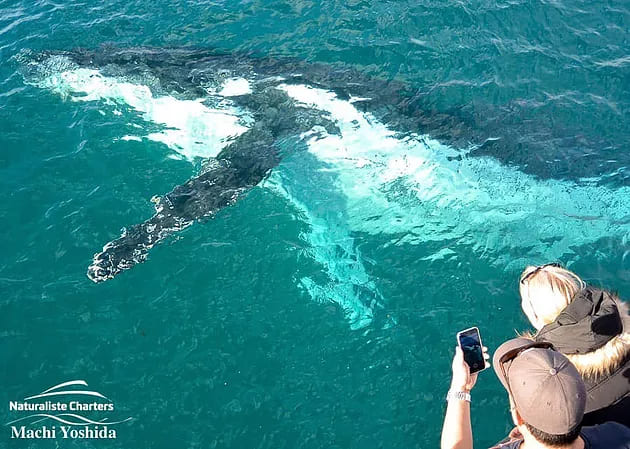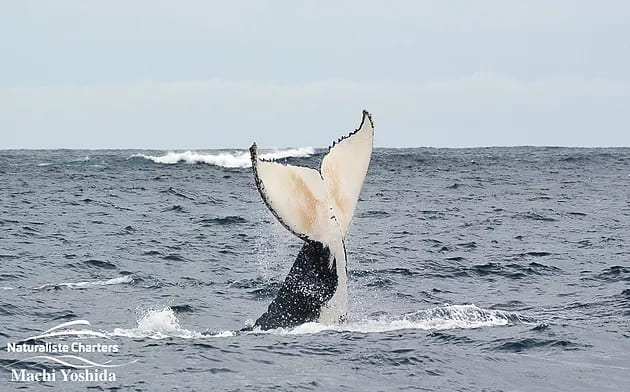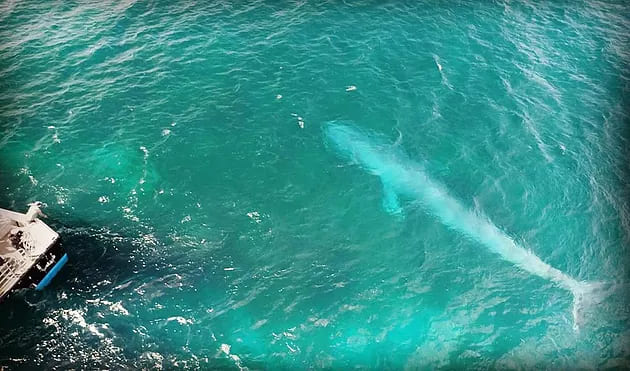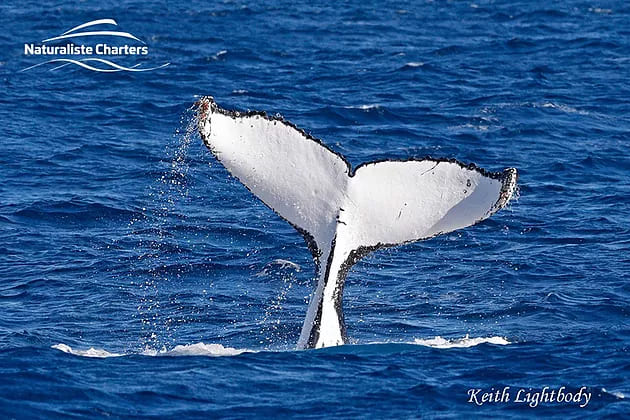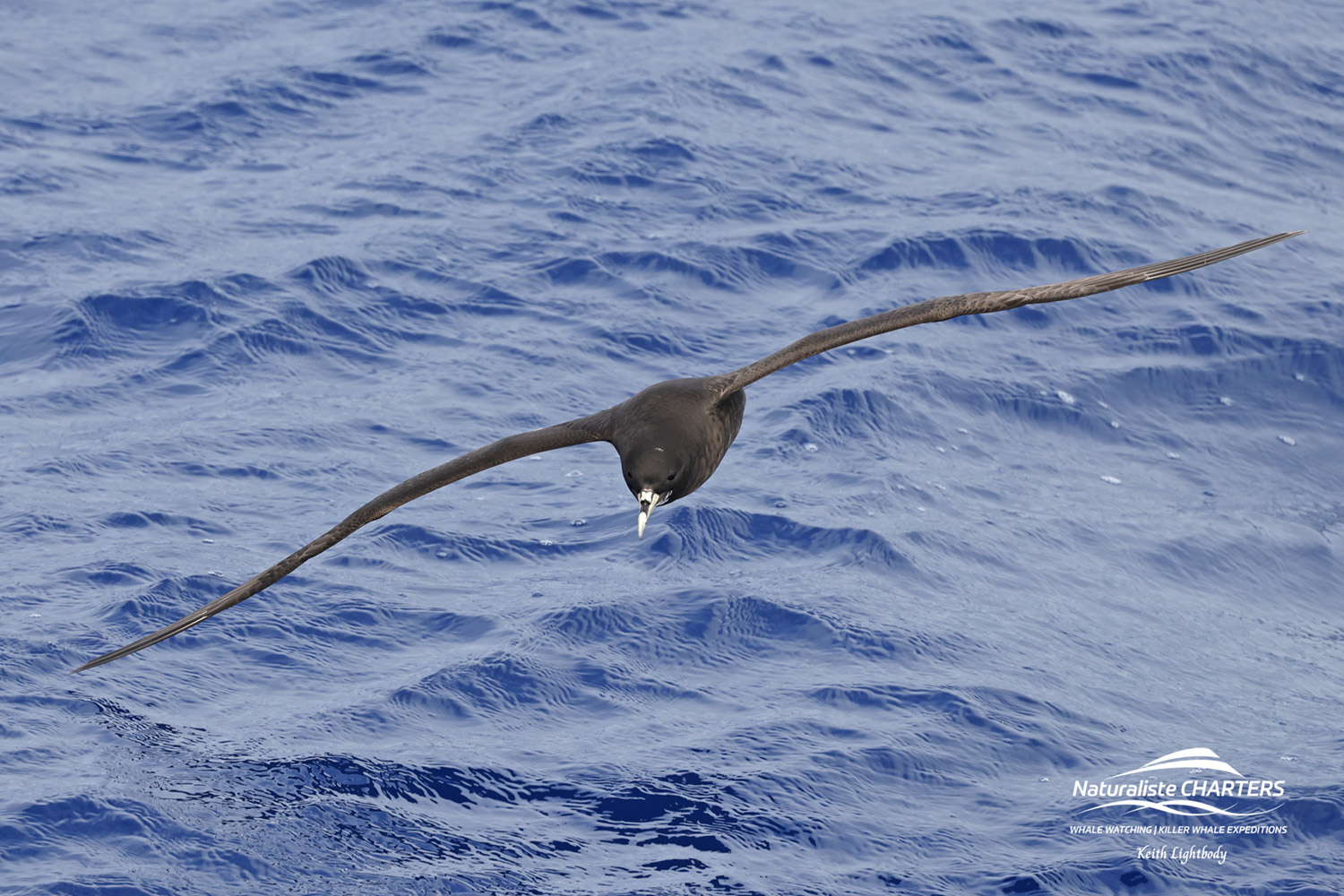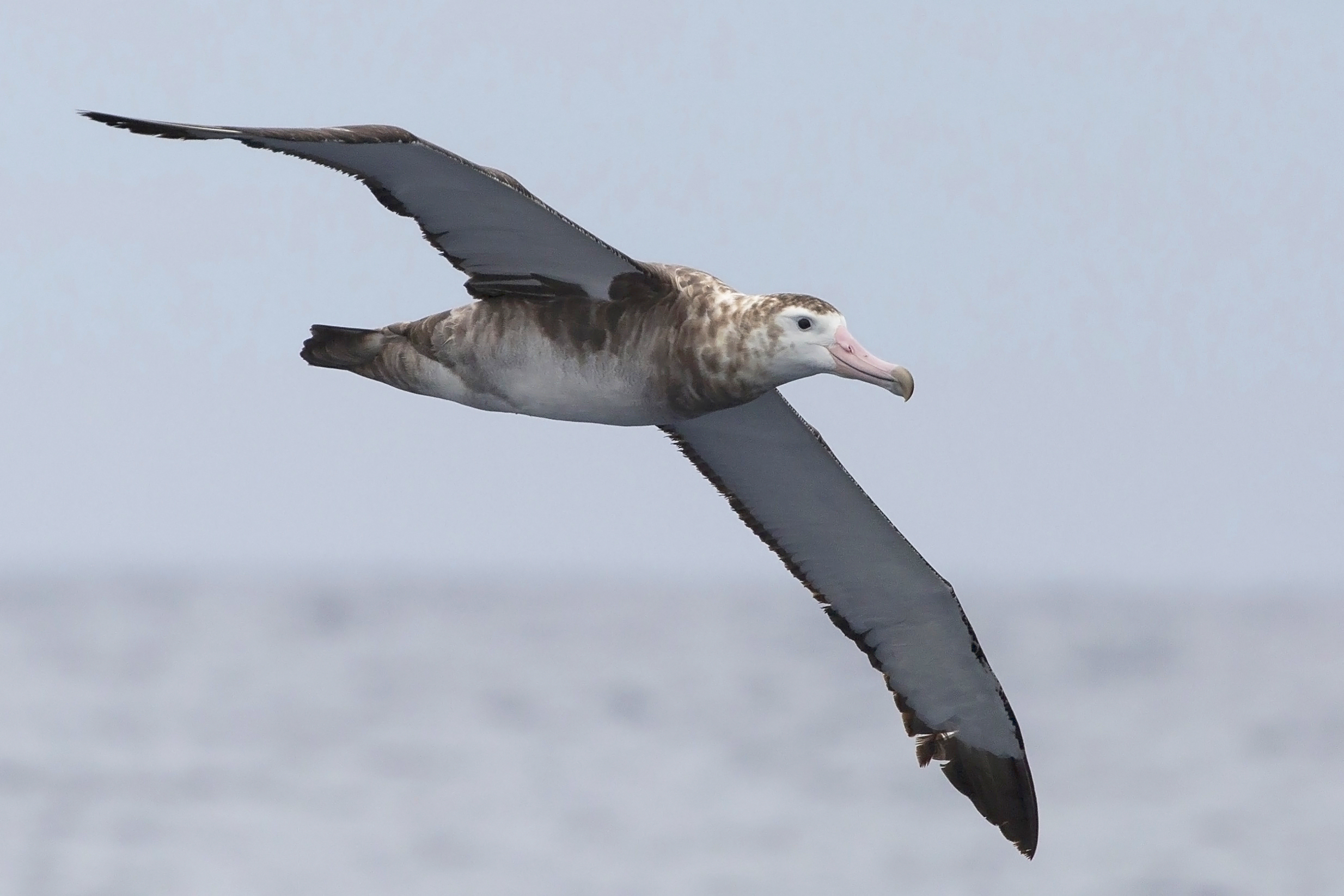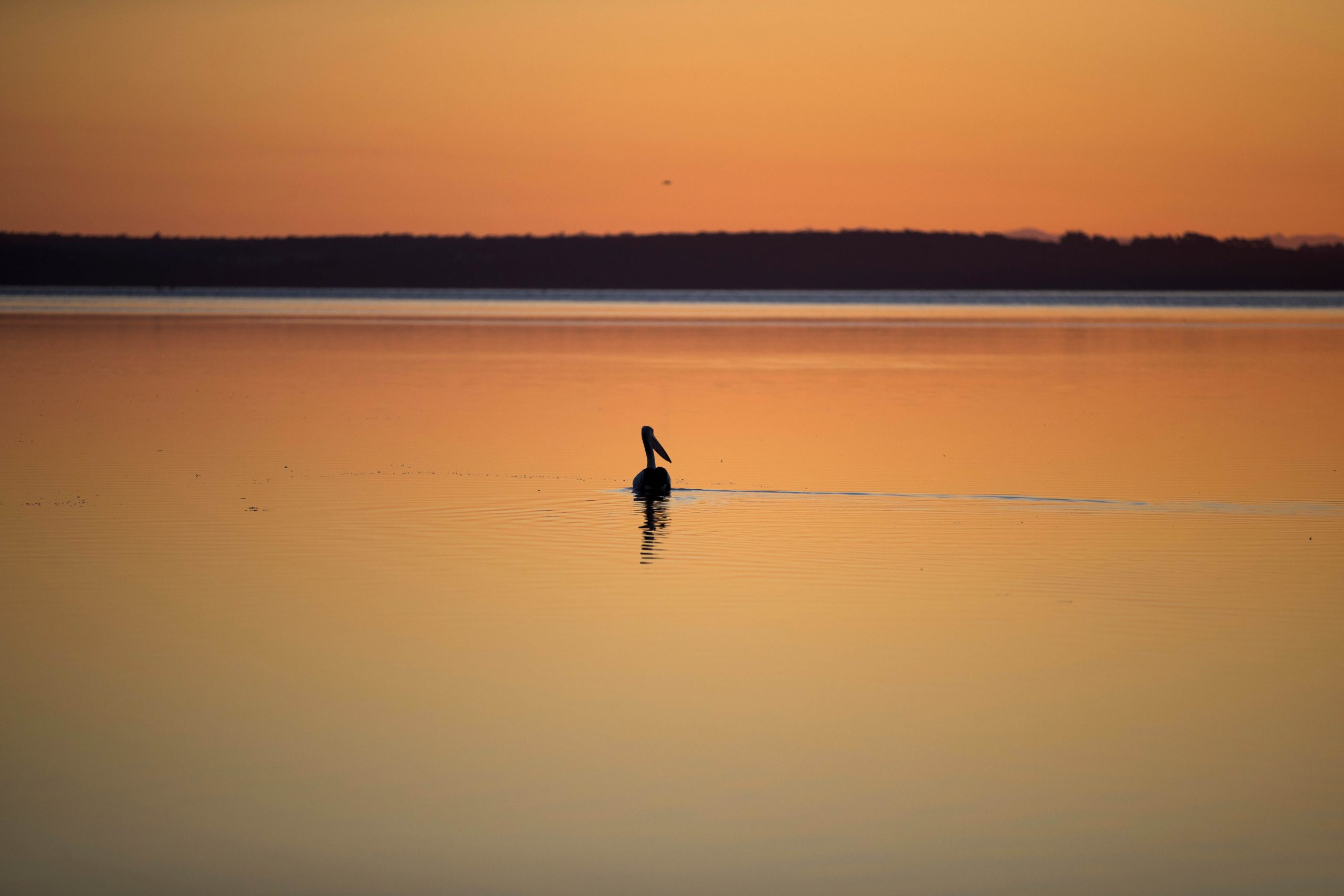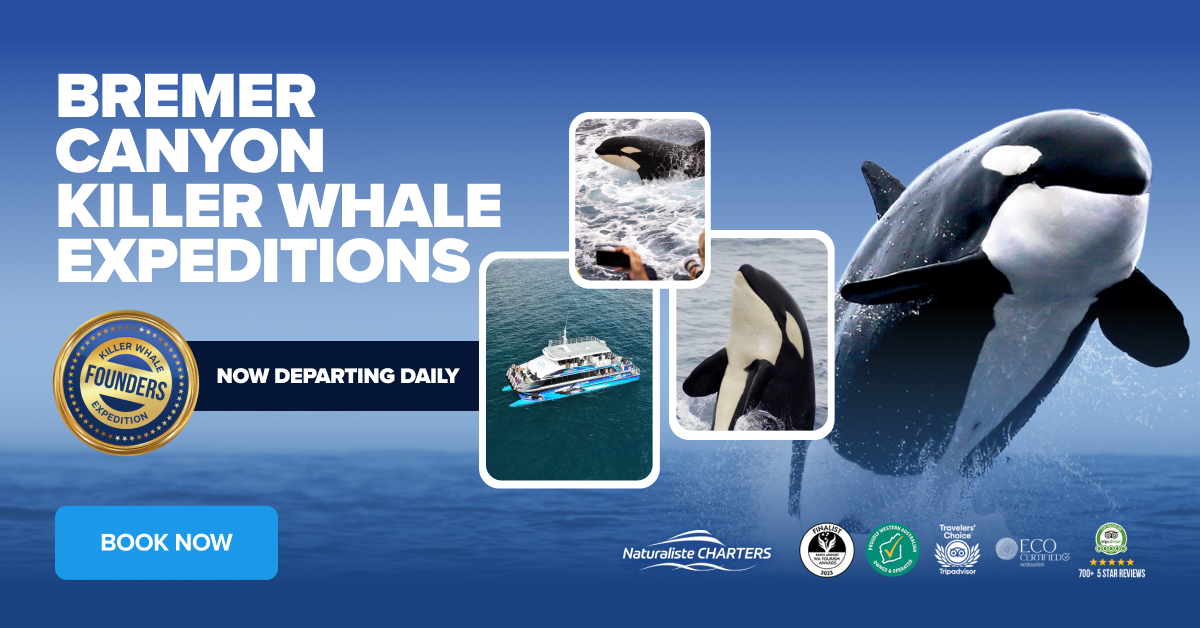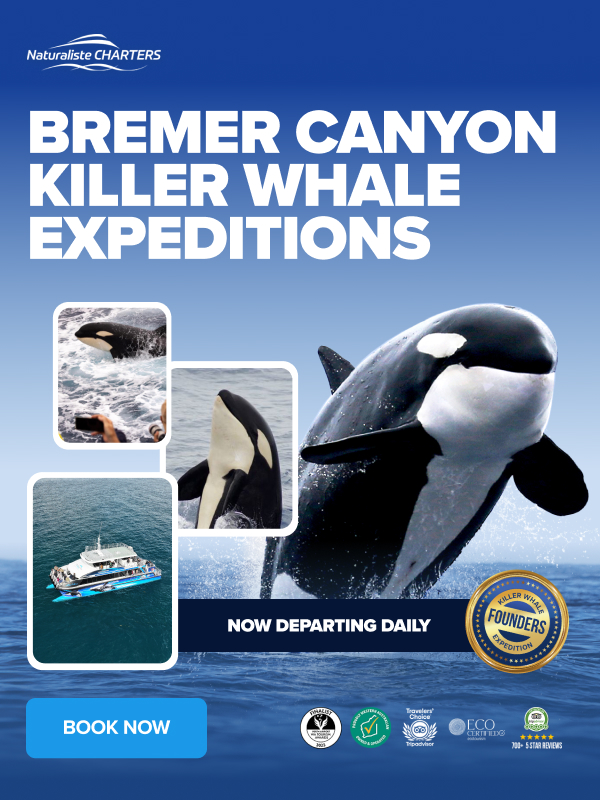With our world burning and our waters warming the whales cue to move north was skewed significantly this year. With sightings of humpbacks hitting our south-west coastline in Feb/March as apposed to the usual April/May. Throughout the season we witnessed multiple humpback births and new born calves in the lower south-west region over our winter Augusta season, which is alarmingly early for the species. The majority of the humpbacks that utilise our WA coastline head up toward Exmouth and Broome to the warmer waters to give birth to their young. The warm, calm and mostly protected waters provide a higher chance of survival for the young as they’re born without blubber and have to gain up to 50kg a day for the first few weeks of their life. Blubber is crucial for the neonates survival as it controls their thermoregulation and buoyancy.
Over the past few weeks of the southern migration we have had a significant reduction in large adult males with the majority of animals sighted consisting of mother calf pairs, a clear indication that the season is coming to an end. The reduction in numbers is around 2-3 weeks easier than previous years and is raising a multitude of questions for researchers and whale monitors in there area. However it isn’t all bad news! The number of blue whales has just exceeded last years 174 animals with more expecting to migrate through the region until the end of December. This season has also consisted of more calves than usual which is a promising sign for the endangered species. The duration and quality of blue whale encountered from the vessel have also been incredible this season!!!! With closer sightings and more engagement with the animals than ever before!!! Until recently, the majority of encounters have consisted of solitary animals, however this season we have witnessed loose pods of 3-15 animals at one time!!! We have had sightings 50m from the shore, traveling close for kilometres along the Cape for land-based viewers to watch in awe!! We have had blue whales travelling toward boats and kayakers without them having any idea!!! These giants of the deep and quite illusive until you know what to look for..so here’s a few tips!!
Blue whales are in fact grey..not blue! They got their name from their iridescent blue glow below the surface as they rise from the depths!
Keep an eye out for a 10m high column of water as their exhale is almost double the size of a humpbacks! The blue whales dorsal fin is small and proportionally further down their back than humpbacks and they make their own wake when they rise to the surface. The grey mottled pigmentation is noticeably different to the humpback black dorsal side. The blue whales dorsal side is also less arched as they dive, with a head 5m in length! They tend to cruise, surfacing 3-4 times before submerging again, BUT can travel at up to 50km/hr and hold their breath for nearly 2 hours!!!
We will be operating out of Dunsborough for another week or two, shifting the focus from humpbacks toward the blue whales. If you’d like to witness the worlds LARGEST animal in close proximity of the vessel then there is STILL time!! Catch our Dunsborough whale watching and Busselton whale watching tours here!

